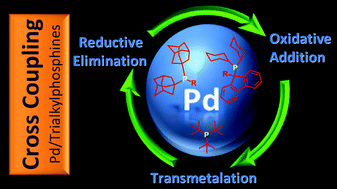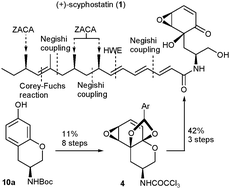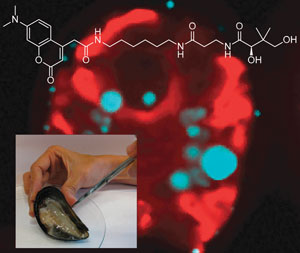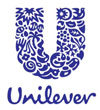Having watched, read and listened to many news stories since they announced this year’s Nobel Laureate winners for chemistry, the same resounding opinion across the chemistry community seems to be that Heck, Negishi and Suzuki are well deserved winners of this prize.
Looking back over the years, it is clear to see that this award-winning chemistry has inspired many articles and reviews published in ChemComm, Chem Soc Rev and it has already featured in the newest flagship journal, Chemical Science.
Recent critical and tutorial reviews in Chem Soc Rev highlight the diversity of palladium (Pd)-catalysed cross coupling reactions and their applications in modern day chemistry. Whether it is developing trialkylphosphines for Pd-catalysed cross coupling reactions as alternatives to Platinum systems or using oxime-derived palladacycles as a source of palladium nanoparticles for catalysed Heck reactions, it has certainly made an impact. A recent Chemical Science perspective discusses the catalytic power of Pd in asymmetric allylic alkylation reactions to form C-X bonds. Then, from lab bench to desktop computer, the theoretical aspects of Pd-catalysed carbon-carbon cross coupling reactions have long been studied by scientists, to gain a better understanding of the cross coupling reactions.
The Nobel Prize was awarded to Richard Heck, Ei-ichi Negishi and Akiro Suzuki for their contributions to Pd-catalysed cross coupling reactions in organic synthesis, but the story doesn’t end here. Now thousands of research groups worldwide are applying and adapting this chemistry on a day-to-day basis, discovering exciting results of their own and showing that other transition metals (not just Pd!) can catalyse important reactions and form different carbon bond variations.
As shown in a recent communication (see scheme on the left) published in ChemComm from Ei-ichi Negishi’s research group, we are continually reminded of the importance of Heck, Negishi and Suzuki’s research contributions and it has definitely, without a doubt, shaped, moulded and advanced the chemical sciences.
Fancy reading Ei-ichi Negishi’s latest ChemComm article? Why not download the communication, which is free to access to all, until the end of November.
















